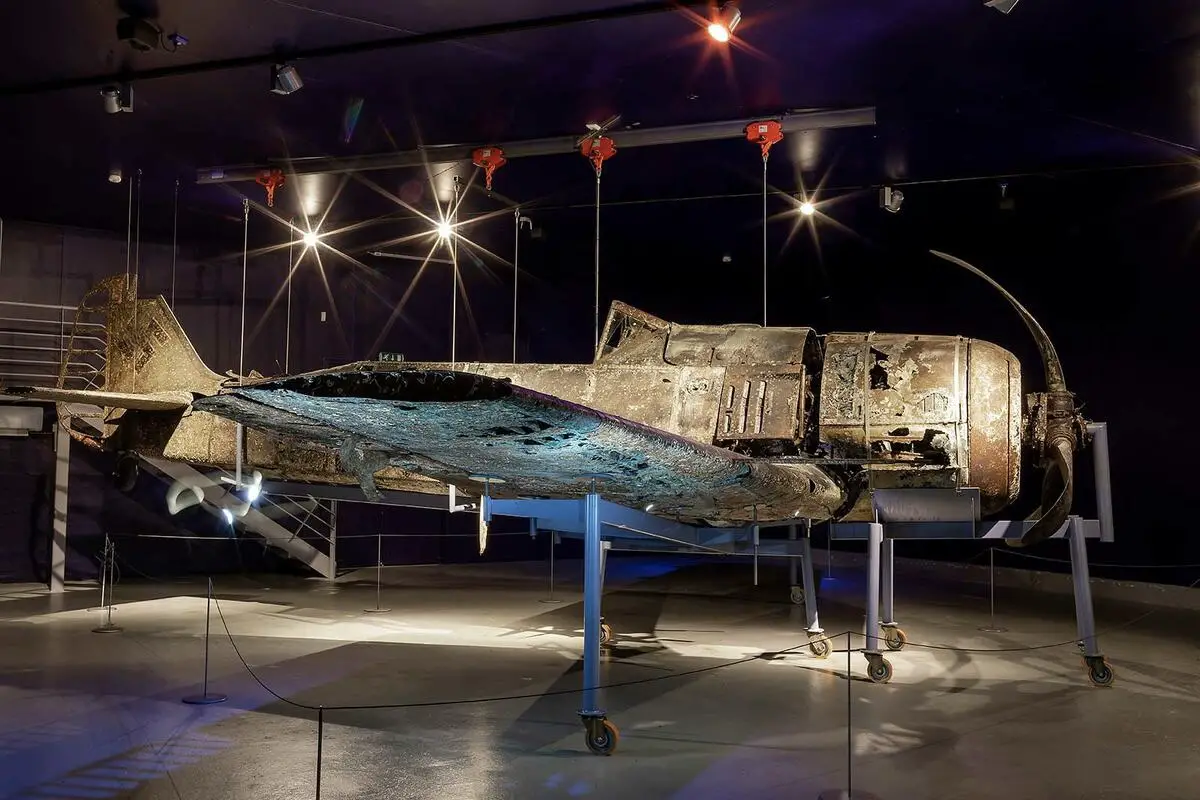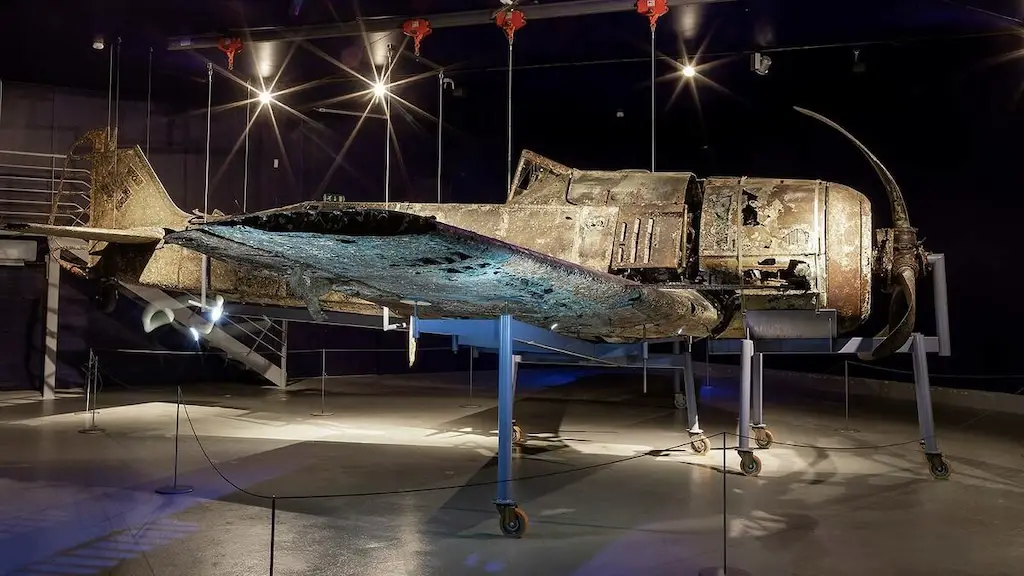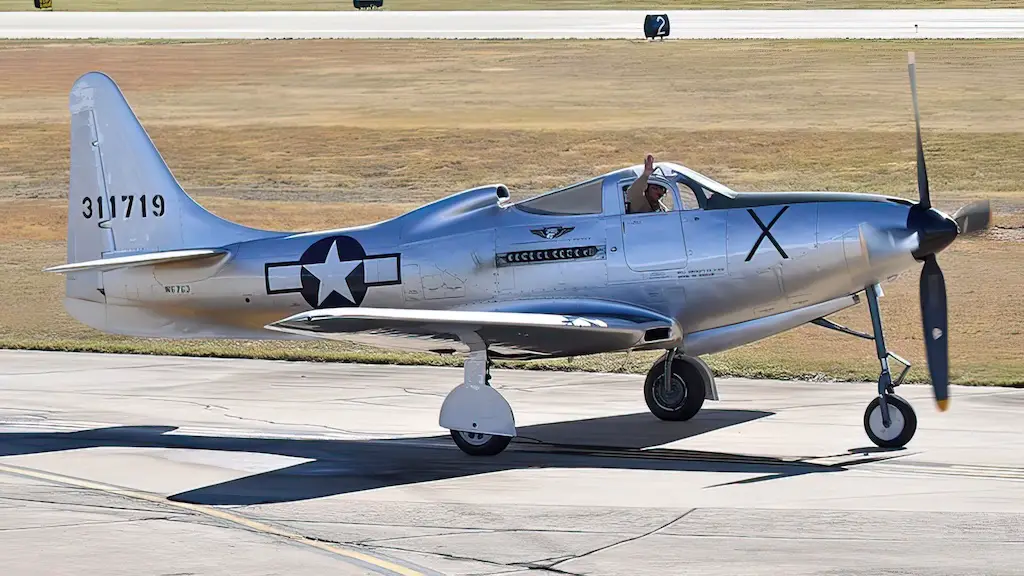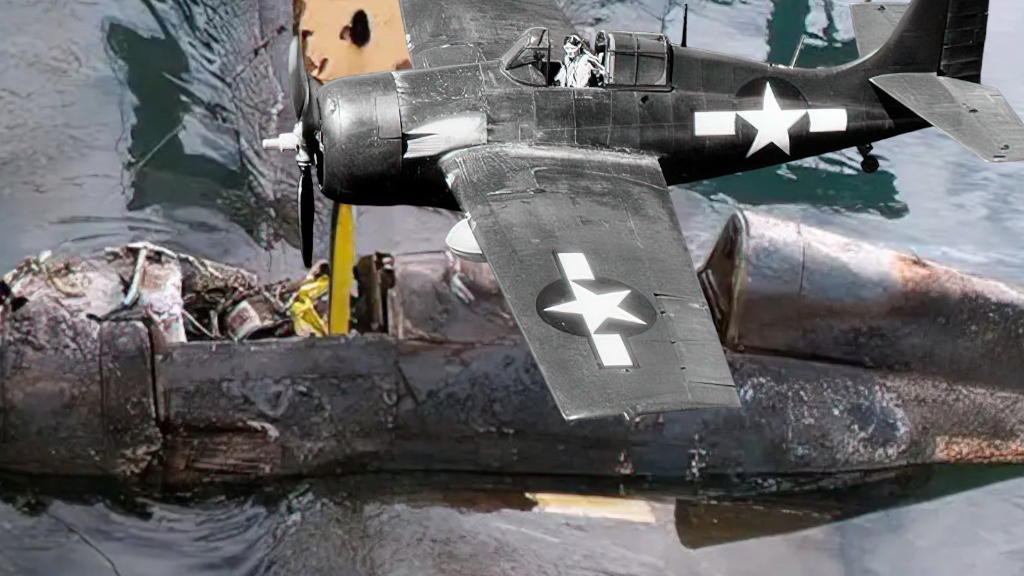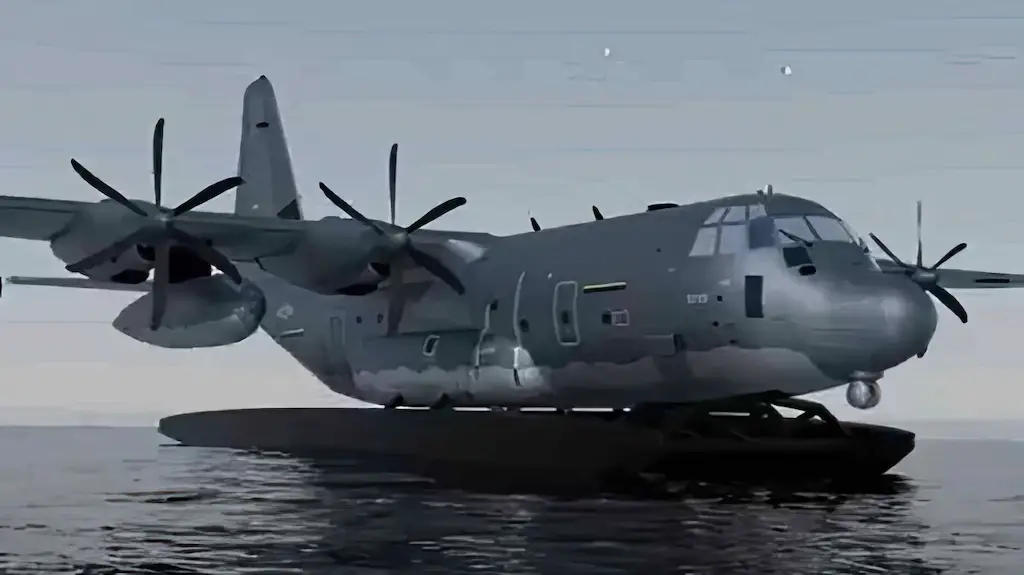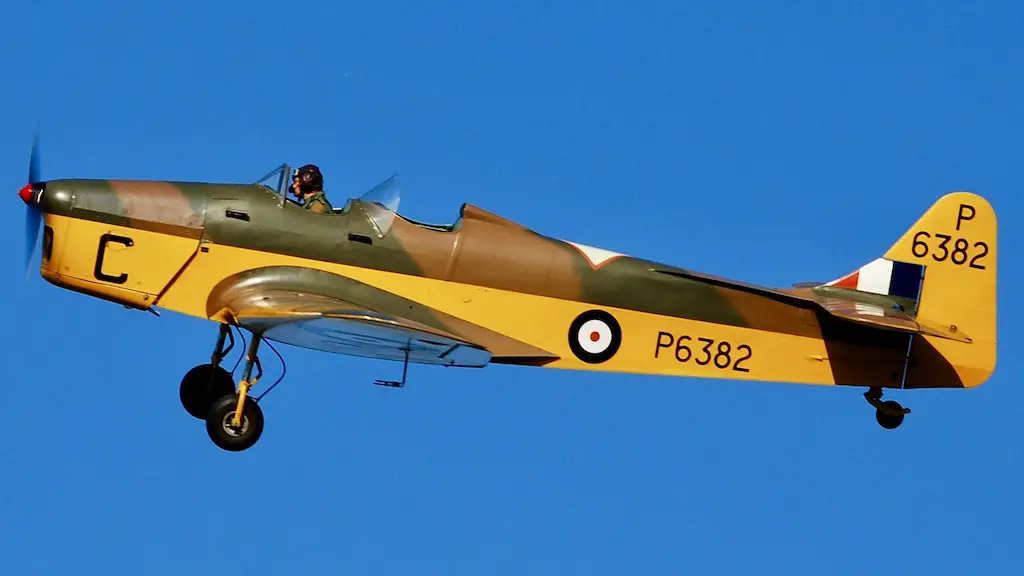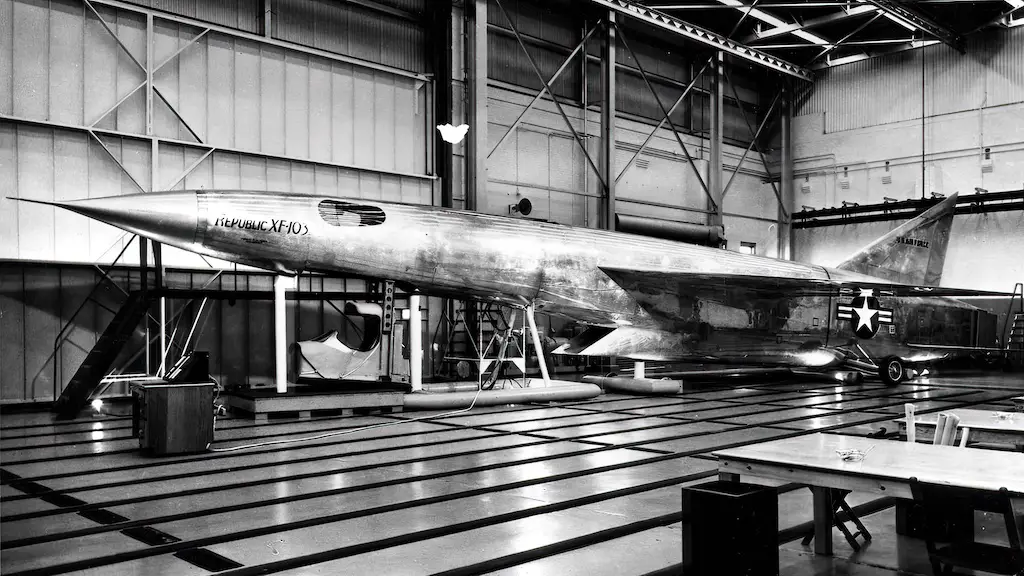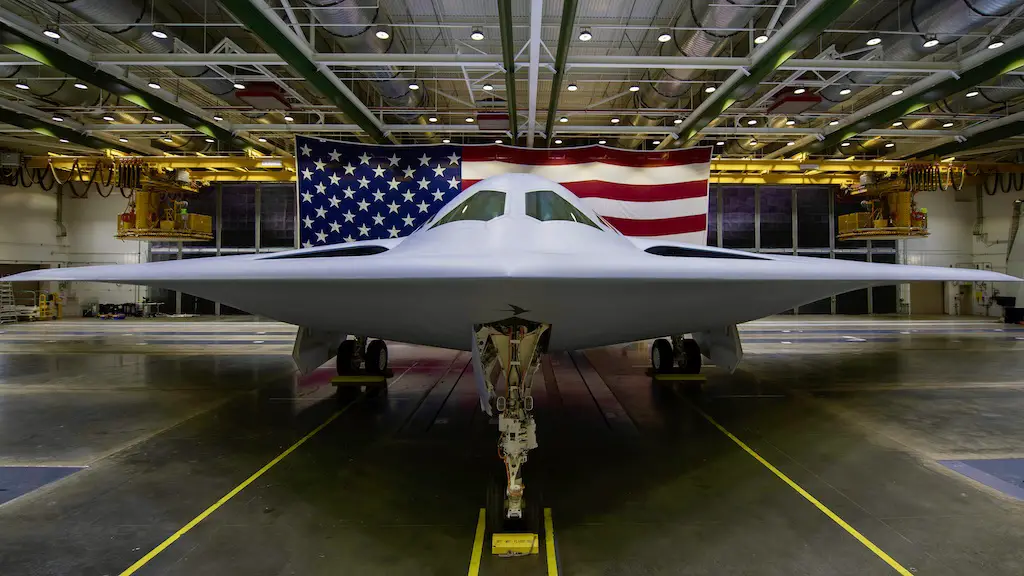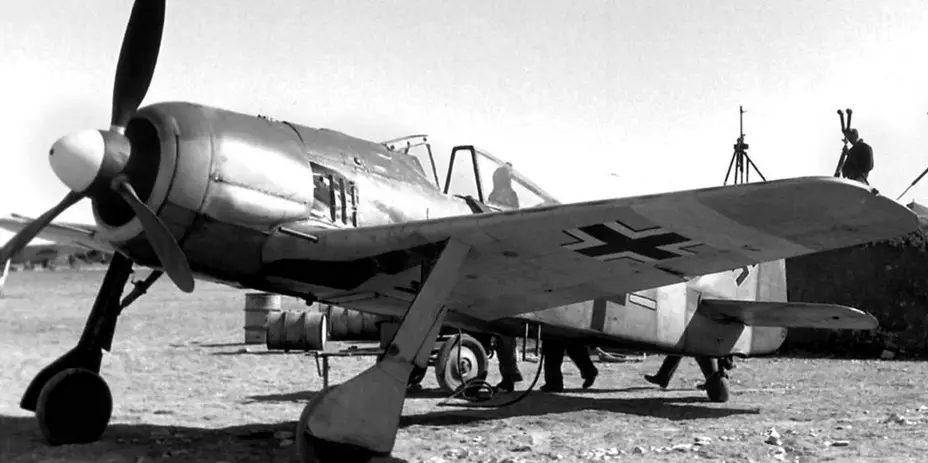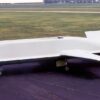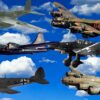A Remarkable Discovery
On a cold day in December 1943, the Fw-190A2 ‘Yellow 16’ lifted off from Herdla airfield in Norway, only to face engine trouble shortly after. The pilot, faced with no other choice, executed a controlled emergency landing on the waters near Solsvika, west of Bergen. This event marked the beginning of a long underwater slumber for Yellow 16, which would not see the light of day for almost 63 years. On November 1, 2006, a dedicated team brought the aircraft back from its watery grave in a meticulous recovery operation, lifting it from 60 meters below the surface.
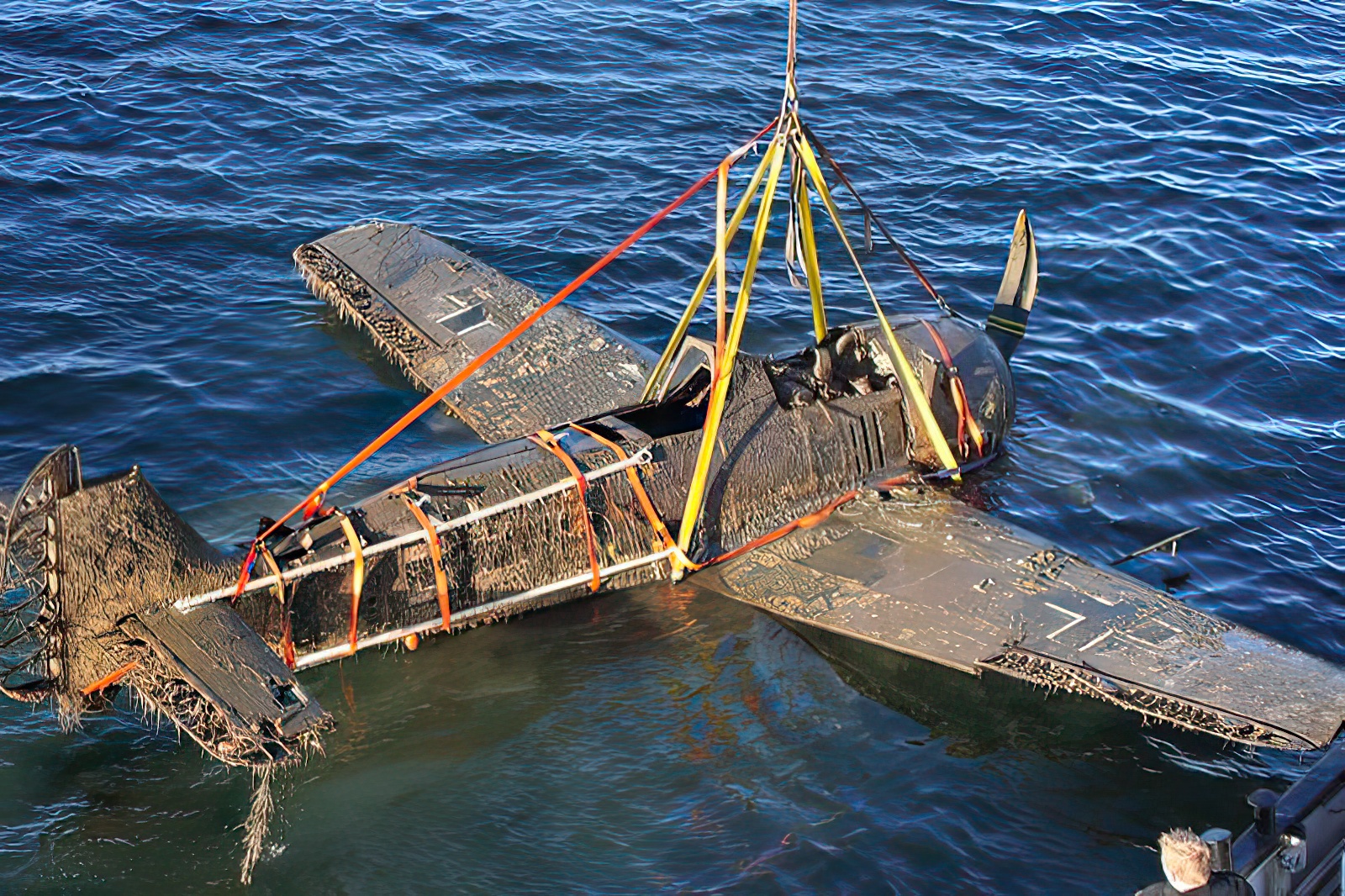
Discovery
The discovery of Yellow 16 was no accident. Local enthusiasts had long known about the aircraft’s resting place, but it was the Royal Norwegian Navy vessel KNM Tyr that pinpointed its exact location in May 2005. This discovery set the stage for an ambitious project to bring Yellow 16 back to the surface, spearheaded by the newly formed “Working Group Fw 190 A2 – Gelbe 16.” This team of local experts and enthusiasts, including Geir Tangen, Halvor Sperbund, and others, began preparations for the aircraft’s recovery, securing the necessary permissions and establishing connections with local museums.
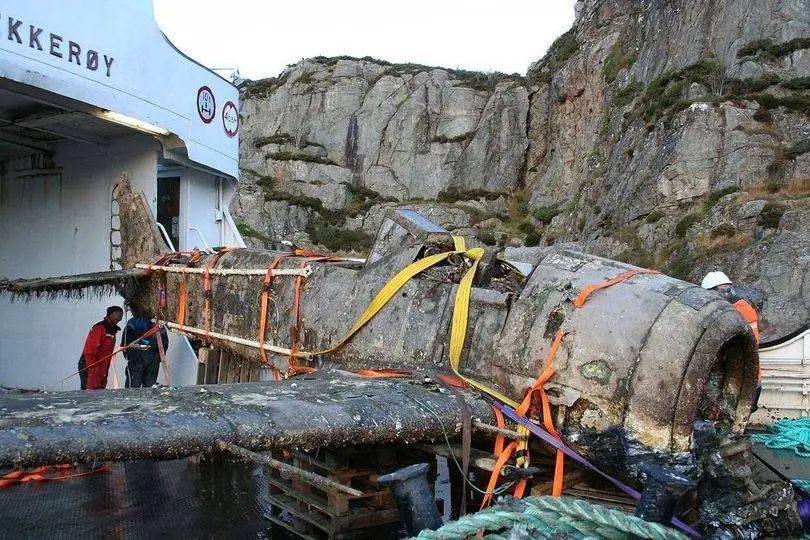
A Team Effort
The operation to recover Yellow 16 was a testament to collaboration and technical skill. Between May 2005 and June 2006, the Royal Norwegian Navy, led by LtCdr Wiggo Korsvik, carried out several diving expeditions to assess the condition of the wreck and its surroundings. These operations were crucial for the planning of the aircraft’s lifting, including the recovery of valuable parts such as the MG17 guns to prevent theft and assess the wreck’s quality. A civilian diving team took over in June, led by Didrik Venge, to complete the preparation work, culminating in the successful lifting of the aircraft on November 1.
The recovery operation was a precision effort, executed flawlessly. The aircraft was hoisted onto the former ferry Flekkerøy and transported to the Naval Base Haakonsvern near Bergen. Here, the Working Group undertook the task of cleaning and preserving Yellow 16, a process planned to last until March 2007. The aircraft, broken down into 6 to 8 main components, was stored in fresh water to halt corrosion, ensuring that its next destination, the Herdla Museum, would receive it in a condition fit for display.
Yellow 16’s Storied Past
Yellow 16 was more than just an aircraft; it was a veteran of numerous battles and missions. Serving with 12./JG.5, it bore the marks of its long service, indicated by various tactical markings, including two instances of Black 6 and a white number, before taking on its final identity as Gelbe 16. Its history was a patchwork of service with different units, including a significant repair after an accident at Sola with 11./JG 5. While the pilot’s identity on its last flight remains uncertain, evidence suggests Kurt Kundrus, later killed in action with JG 3, was at the controls.
The Working Group’s efforts to uncover more about 12./JG’s operations in Norway and the stories of those connected with Yellow 16 continue.
